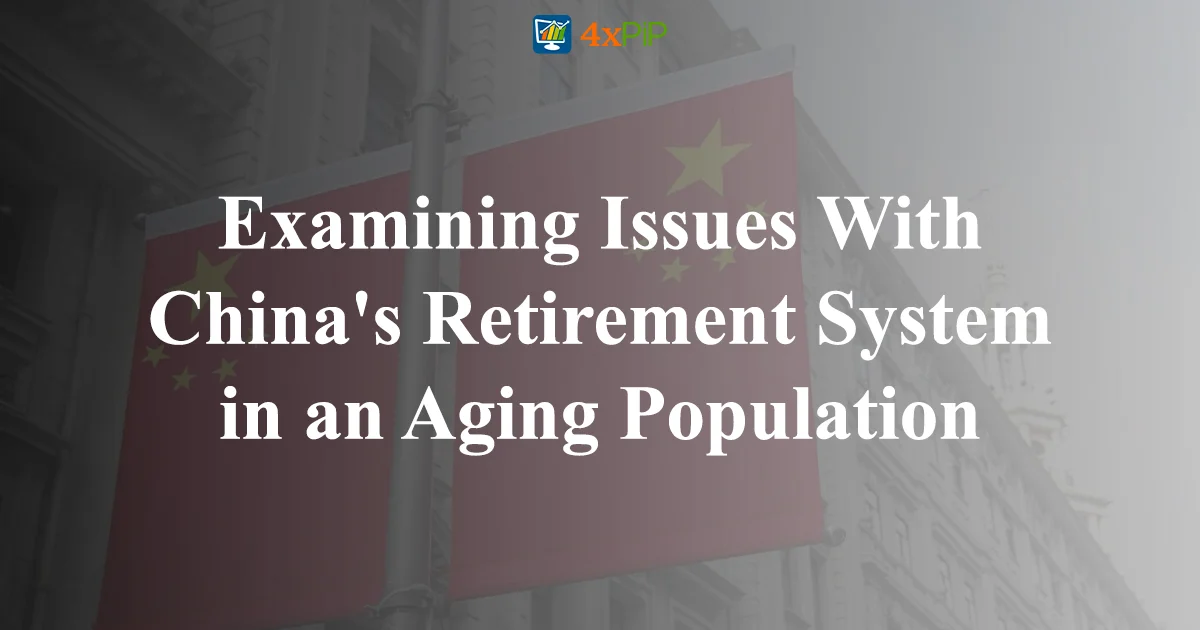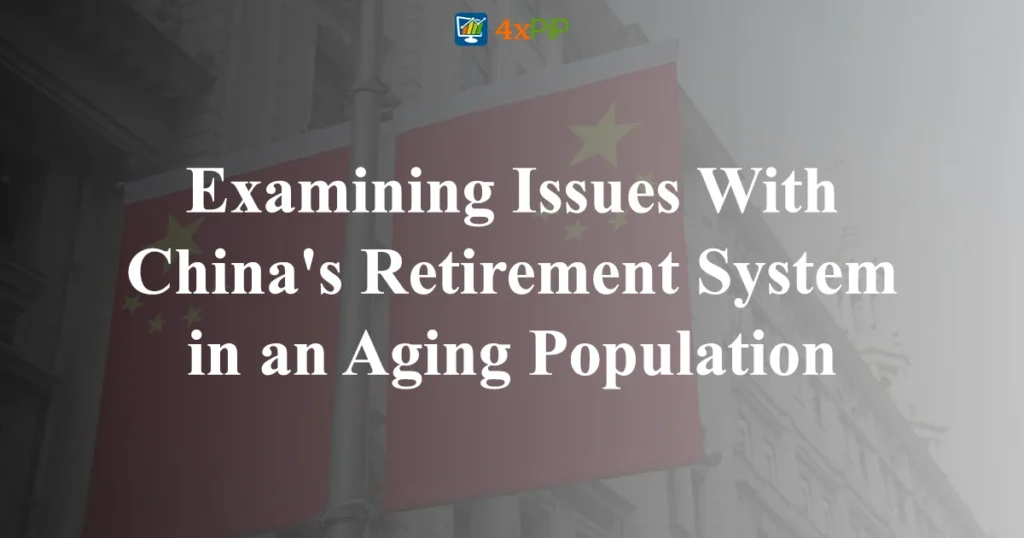As China grapples with the challenges posed by its rapidly aging population, concerns are mounting about the sustainability of the country’s retirement system. Additionally, with the population aged 60 and over reaching 296.97 million in 2023, constituting 21.1% of the total population, the strain on the pension system is evident. Moreover, this demographic shift not only jeopardizes key Beijing policy goals but also raises questions about the long-term growth prospects of the economy. Furthermore, in this context, it becomes crucial to delve into the intricacies of China’s pension system and assess its ability to cope with the evolving needs of an aging society. For those seeking to navigate the complexities of retirement planning in China, services like 4xPip offer valuable insights. Contact them at [email protected] for personalized assistance.
How Does China’s Pension System Work?:
China’s pension system comprises three pillars, with the basic pension system being state-led. The second pillar involves a voluntary employee pension plan from employers, and the third encompasses private voluntary pension schemes. However, both corporate and private schemes face challenges, with the public scheme under significant financial pressure, primarily administered at a provincial level. Notably, a third of China’s provincial-level jurisdictions are grappling with pension deficits, with projections suggesting a nationwide shortfall by 2035.
When Do Chinese Collect a Pension?
Chinese citizens receive their pension upon retirement, set at age 60 for men, 55 for white-collar women, and 50 for women in factories. Yet, China’s rising life expectancy, surpassing 78 years in 2021, poses a dilemma. More than 20% of the population is over 60, highlighting the strain on the system. Despite China boasting the world’s largest social security system, the average monthly pension payment in 2020 was merely 170 yuan ($23.62), a stark contrast to the US’s government-funded social security program, which paid an average of $1,907 per month as of January 2024.
Does China Plan to Reform Its Pension System?
While China’s State Council outlined a blueprint in 2022 to support its aging population, including plans for more nursing homes and a new private pension scheme, actual reforms have been slow. Although discussions in 2020 and 2021 hinted at raising the statutory retirement age, specifics remain elusive. Citizens, facing a challenging work environment and high unemployment, apprehensively view the inertia with wariness, as they are wary of potential changes. The demographic imbalance, with ten working-age Chinese supporting one retiree in 2002 shrinking to a forecasted ratio of 2 in 2050, underscores the urgency for meaningful reform.
Summary:
China’s journey through an aging population presents formidable challenges to its retirement system, necessitating thoughtful reforms to ensure the well-being of its senior citizens and the broader economic landscape. As the nation grapples with these complexities, services like 4xPip stand ready to assist individuals in navigating the intricacies of retirement planning. Contact them at [email protected] for personalized guidance.
FAQs:
Why is China’s aging population a concern for its economy?
China’s aging population poses a threat to key economic goals, including boosting domestic consumption and managing rising debt. The strain on the retirement system could have long-term implications for the country’s economic growth.
What are the challenges faced by China’s pension system?
The three pillars of China’s pension system—basic pension, voluntary employee pension plan, and private voluntary pension schemes—face challenges. The public scheme, administered at a provincial level, is under financial pressure, with many regions experiencing deficits.
What is the retirement age in China, and is there a plan to raise it?
Chinese citizens retire at age 60 for men, 55 for white-collar women, and 50 for women in factories. Although plans were discussed in 2020 and 2021 to raise the statutory retirement age, specific details have not been announced.
How does China’s pension system compare to that of the United States?
Despite having the world’s largest social security system, the average monthly pension payment in China is significantly lower than that in the United States. China’s average pension in 2020 was 170 yuan ($23.62), while the US government-funded social security program paid an average of $1,907 per month as of January 2024.












